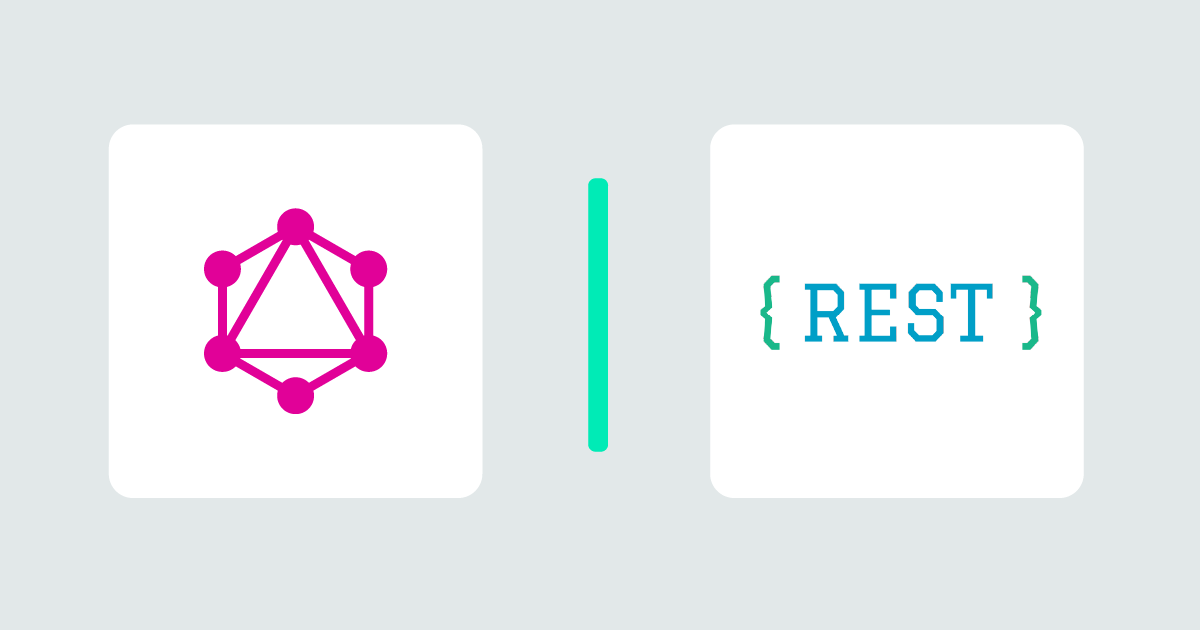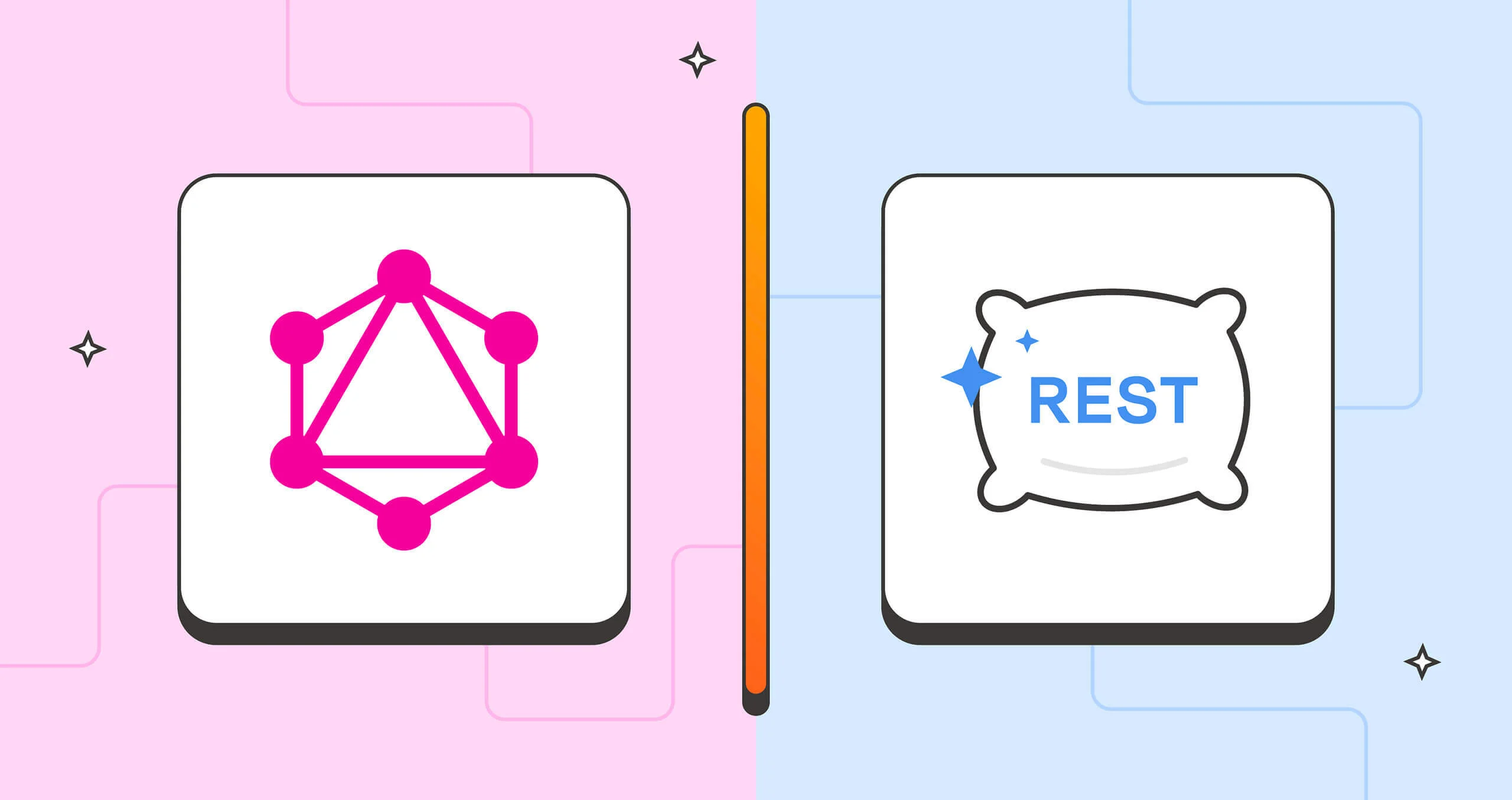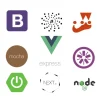In today’s rapidly evolving digital, choosing the right API technology can make or break your application’s performance and developer experience. Two dominant approaches have emerged as industry standards: REST (Representational State Transfer) and GraphQL, each offering distinct advantages for different use cases.
REST has been the cornerstone of web API development since the early 2000s, powering millions of applications worldwide with its simple, resource-based architecture. This mature technology follows well-established HTTP conventions, making it intuitive for developers familiar with web protocols. Meanwhile, GraphQL burst onto the scene in 2015 as Facebook’s innovative solution to common REST limitations, introducing a query language that gives clients unprecedented control over data fetching.
The fundamental difference lies in their approach to data retrieval: REST uses multiple endpoints to access fixed data structures, while GraphQL operates through a single endpoint that allows clients to specify exactly what data they need. This distinction has profound implications for performance, flexibility, and development workflows.
Understanding these technologies isn’t just about technical specifications—it’s about making informed architectural decisions that align with your project’s requirements. Whether you’re building a simple CRUD application, a complex enterprise system, or a modern frontend-driven platform, the choice between REST and GraphQL will significantly impact your development process, application performance, and long-term maintainability.
As industry leaders like Facebook, Airbnb, and GitHub increasingly adopt GraphQL while enterprises continue relying on REST’s proven stability, developers must understand both approaches to make strategic technology decisions.
Core Architectural Differences
REST Architecture
REST follows a resource-based architectural style where each endpoint represents a specific resource accessible through standard HTTP methods like GET, POST, PUT, and DELETE. This approach creates predictable URL patterns, making APIs intuitive and easy to understand. REST APIs are stateless, meaning each request contains all necessary information for processing, enabling excellent scalability and caching capabilities.
GraphQL Structure
GraphQL operates as a query language and runtime that exposes all functionality through a single endpoint. Instead of multiple resource-specific URLs, clients send queries describing exactly what data they need. This approach requires a strongly typed schema that defines available data types, relationships, and operations. The schema serves as a contract between frontend and backend teams, providing clear documentation and type safety.
Data Fetching Capabilities

REST Data Retrieval
REST APIs often struggle with over-fetching and under-fetching problems. Over-fetching occurs when endpoints return more data than needed—requesting user information might return the entire user object when you only need the name. Under-fetching happens when multiple API calls are required to gather related data, such as fetching user details, their posts, and comments separately.
GraphQL Precision
GraphQL eliminates these issues by allowing clients to specify exactly which fields they want in a single request. A query can fetch user names, their latest posts, and comment counts simultaneously while excluding unnecessary data. This precision reduces bandwidth usage and improves application performance, with studies showing up to 66% performance improvements when migrating from REST to GraphQL.
Schema and Type Safety
REST doesn’t enforce schema usage by default, though developers can implement specifications like OpenAPI. This flexibility can lead to inconsistent API responses and runtime errors. GraphQL mandates a strongly typed schema using Schema Definition Language, ensuring clients know exactly what data structure to expect. This type safety reduces bugs and enables powerful development tools like auto-completion and code generation.
Caching and Performance
REST excels in caching due to its HTTP-based nature, leveraging browser caches, CDNs, and proxy servers effectively. Each endpoint can be cached independently using standard HTTP headers. GraphQL’s single-endpoint approach makes traditional HTTP caching more complex, requiring custom caching strategies and tools. However, GraphQL’s precise data fetching often compensates for caching limitations by reducing network requests.
When to Choose Each Technology
Choose REST when:
-
Building public APIs requiring broad compatibility
-
Working with simple, resource-based operations
-
Prioritizing caching and security
-
Developing enterprise or financial applications
-
The team has limited GraphQL experience
Choose GraphQL when:
-
Building frontend-driven applications
-
Requiring real-time updates via subscriptions
-
Dealing with complex, interconnected data
-
Optimizing for mobile or bandwidth-constrained environments
-
Needing rapid frontend development cycles




